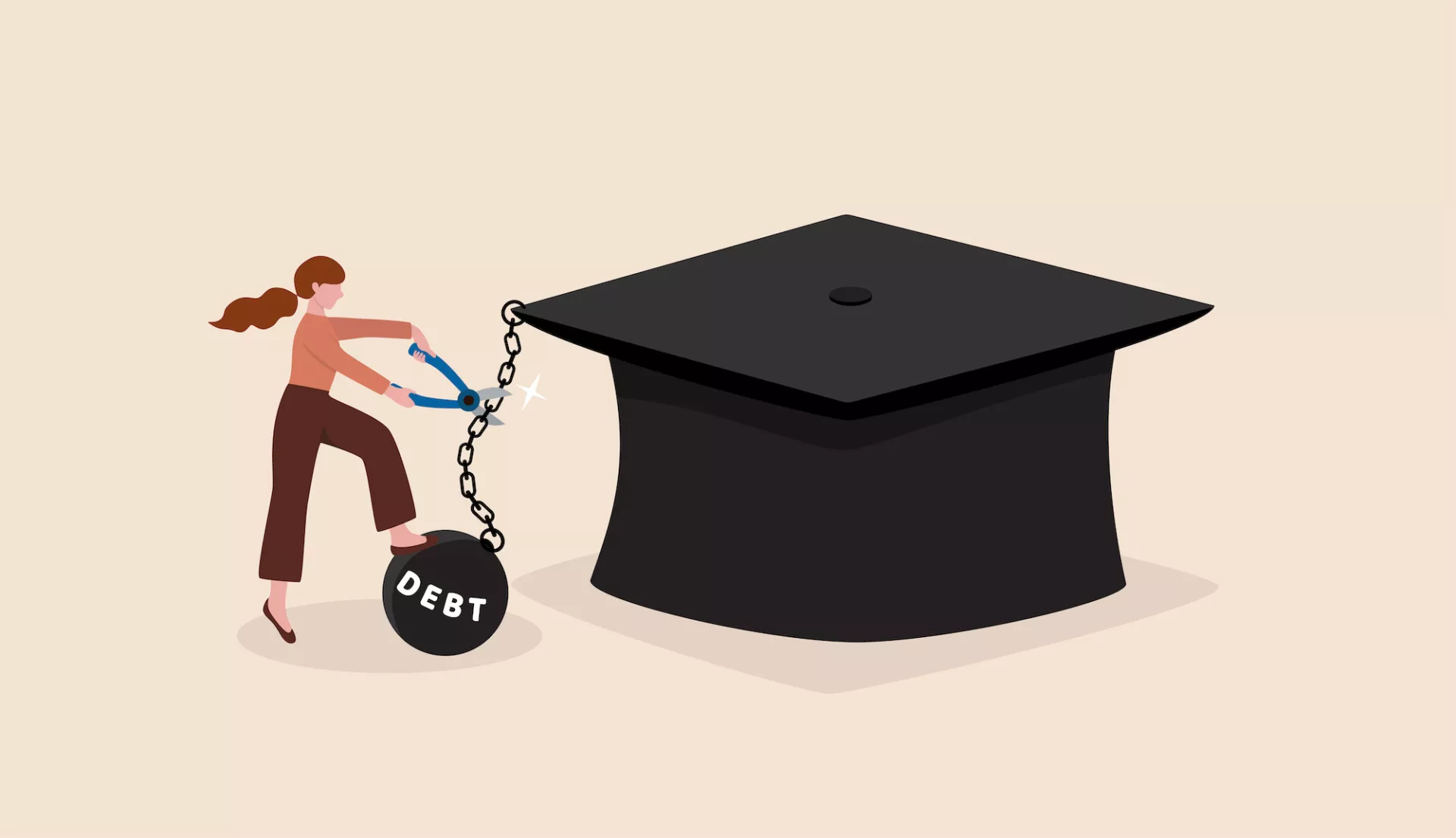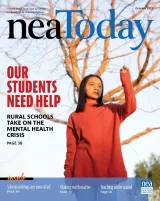Key Takeaways
615,000
Oregon paraeducator Laura Warren is still reeling—with joy, with astonishment, and with deep relief. Early this year, she learned that a mountain of student debt, nearly $138,000, had been lifted from her shoulders.
Warren had borrowed decades earlier from the federal government to help pay for her children’s college education.
“I paid and I paid and I paid, for years and years and years,” she says. “We’re talking, holy cow, my youngest just had his 20th high school reunion! It’s been a long time!
“I was convinced I was going to die with this debt. Because, in my lifetime, … I couldn’t possibly pay it off,” says Warren, president of the Lebanon Education Support Professionals Association (LESPA).
But then Warren received that unbelievable email. And then she called her federal loan servicer. And then, she—and the woman on the other end of the line—both burst into tears.
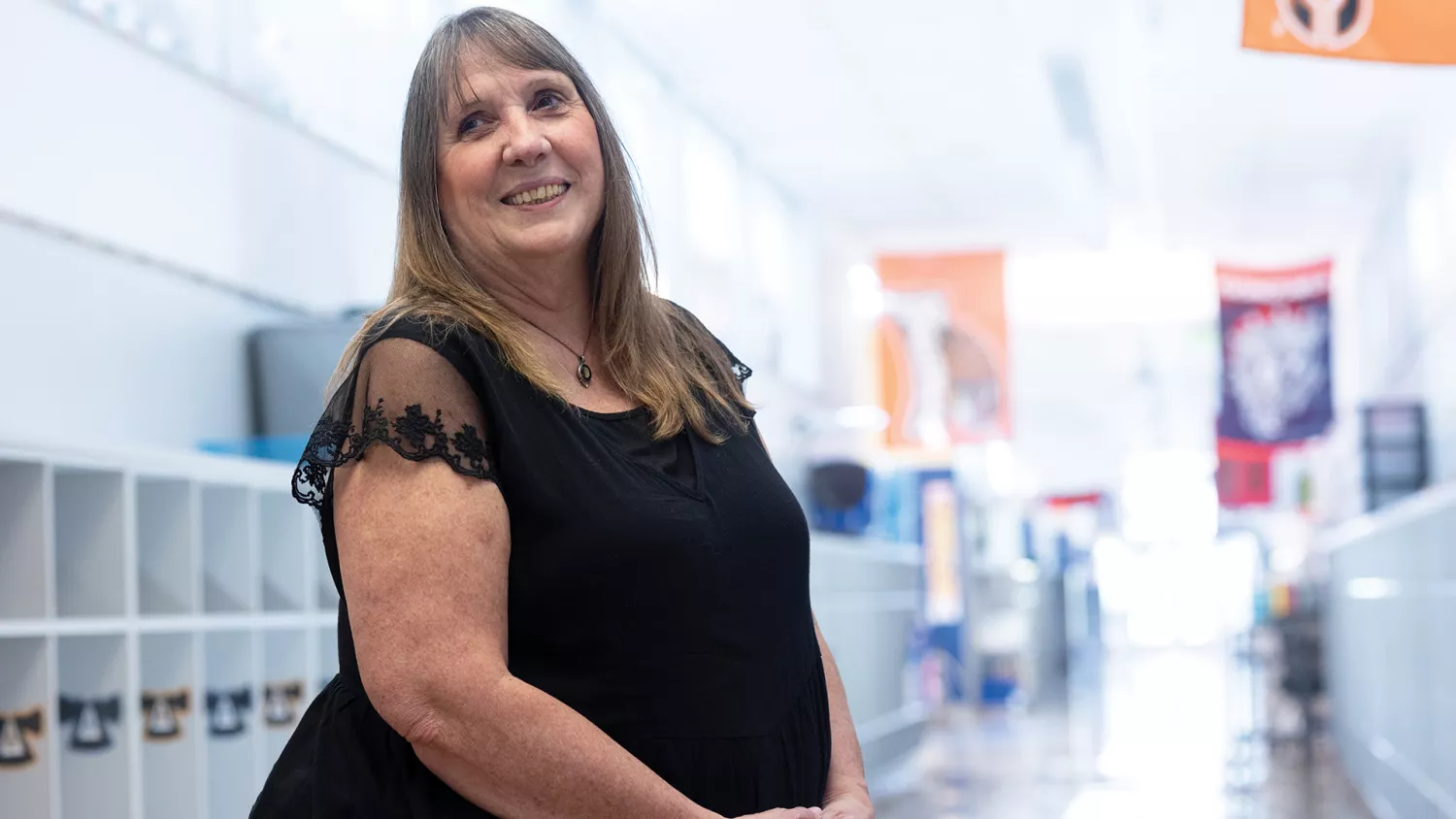
What is Public Service Loan Forgiveness?
Many NEA members, like Kentucky custodian Matthew Powell, have taken out federal loans to fund their higher education; others, like Warren, borrowed to help pay for their children’s college expenses.
Today, both Powell and Warren have zero balances, thanks to the Public Service Loan Forgiveness (PSLF) program—and to the NEA resources they used to navigate the federal program.
Unlike Teacher Loan Forgiveness, PSLF is available to paraeducators, school office staff, custodians, and other education support professionals (ESPs). Your job title doesn’t matter.
Quote byMatthew Powell , NEA's 2019 Education Support Professional (ESP) of the Year
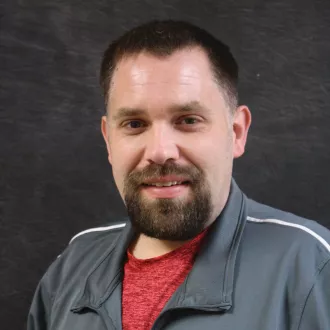
In late 2021, Powell had the balance of his federal student loan debt—nearly $12,000 that he had borrowed as a graduate student—erased through PSLF.
His advice to his colleagues? Learn about Public Service Loan Forgiveness.
“Even if you don’t think you qualify, you should reach out and see,” he advises.
“Now I can take that money and spend it on my students!” says Powell, who was the NEA 2019 Education Support Professional (ESP) of the Year. “It’s been really helpful to have that extra income.”
‘It changed my life!’
Illinois library associate Jill Scarcelli owes about $150,000, despite doing everything right. Her three children had academic scholarships. One attended community college before transferring to Illinois State University; another attended Illinois State all four years. (Her oldest went to a private university, but his education was the least expensive, thanks to need-based aid.)
“I’m doing a job I absolutely love, but it doesn’t pay,” Scarcelli says. She took out Parent PLUS Loans, because otherwise she couldn’t afford to send her kids to college.
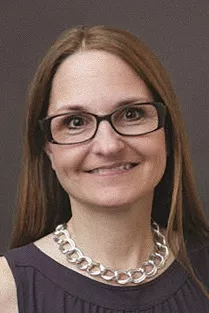
Three years ago, Scarcelli consolidated her PLUS Loans into a federal direct loan and enrolled in an income-driven repayment program to begin making progress towards PSLF. Because her income is so low, she pays basically nothing each month. In seven years, her debt should be forgiven by the program.
“When you first start, the paperwork can be challenging,” Scarcelli says.
“I applied on my own and got denied—for a crazy little thing like the street address on my application didn’t exactly match the address on my tax form.”
Then, while attending an Illinois Education Association conference, Scarcelli learned about the NEA Student Debt Navigator, a program offered through NEA Members Benefits.
Free to NEA members, the program provides individualized help, so borrowers can get into the right repayment program and file the paperwork to enroll in PSLF.
Warren also relied on NEA’s help. “It was like a three-minute application—and it changed my life!” she exclaims. “I couldn’t even keep up with the interest. And, even with an income-based payment, it was still a lot.
“Every month, I was like, ‘How am I going to pay this?’ I used to tell my kids that the good thing was it was going to die with me. That was the good thing!”
Get Help From NEA!
Check out NEA resources on student debt at nea.org/student-debt-support.
